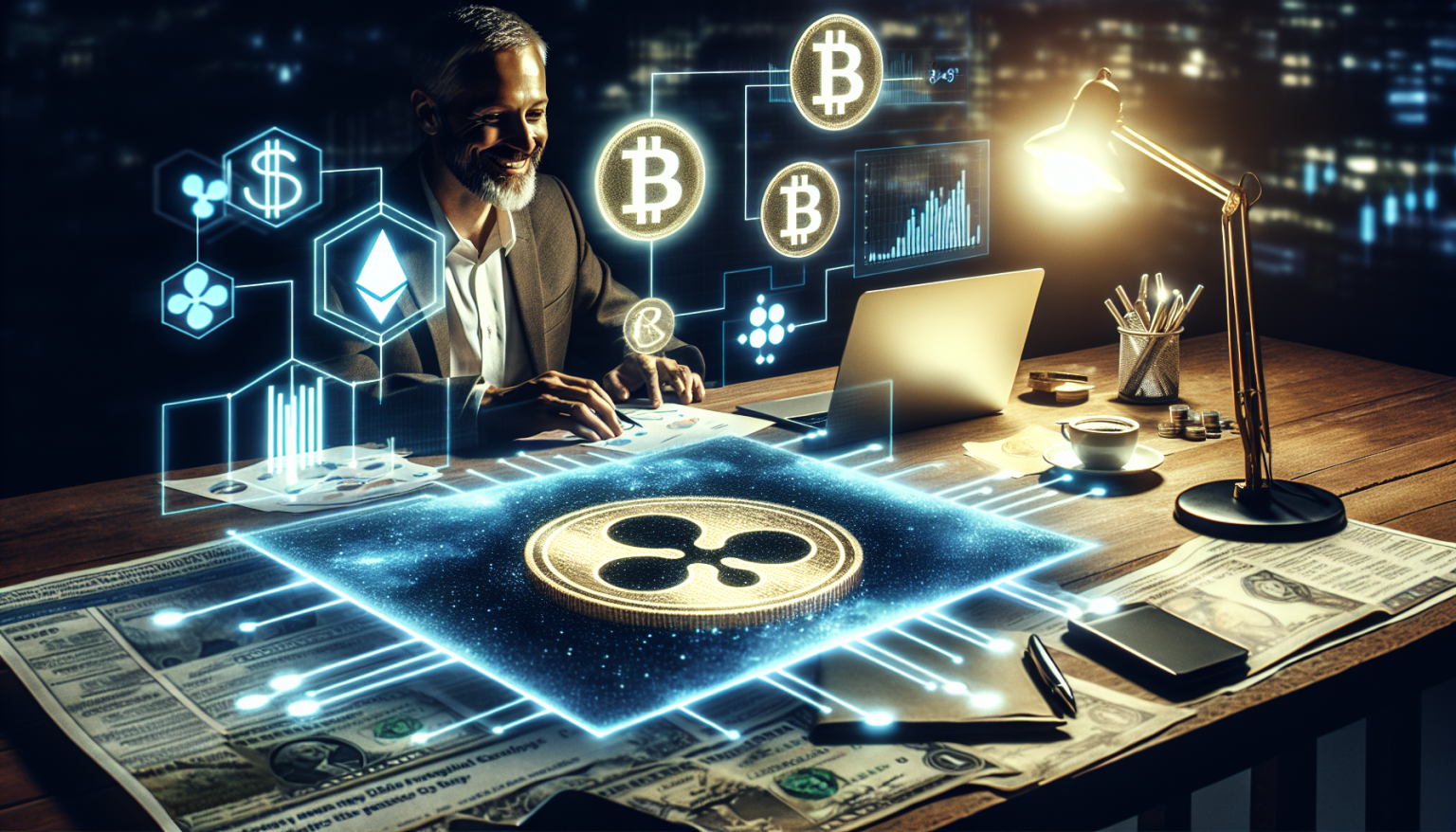In the evolving landscape of cryptocurrencies, XRP has often sparked debate regarding its value and role within the digital asset ecosystem. Industry analyst Mickle has taken to social media to underscore why XRP maintains its critical position in the crypto world, positioning it not merely as a speculative asset but as a fundamental component of the XRP Ledger.
Mickle Says XRP’s Value Is ‘Foundational,’ Not Just A Pitch
In a recent post on social media, Mickle expressed concern over the widespread misunderstanding that often surrounds XRP’s significance. He notes that when individuals inquire, “What’s the current pitch for XRP?” they fundamentally misinterpret its value. For Mickle, XRP doesn’t rely on fleeting price movements or temporary hype; its worth lies in its integral role within the XRP Ledger.
Mickle draws parallels between XRP and other prominent cryptocurrencies like Bitcoin and Ethereum, emphasizing that these assets share key characteristics. They exist as native, non-issued digital commodities, independent of any single entity or government. According to Mickle, XRP plays a crucial role in providing liquidity necessary for seamless transactions across its decentralized network. This inherent quality anchors XRP’s importance in the crypto sector, marking it as a digital asset that transcends mere speculation.
XRP Ledger Depends On XRP’s Native Role In Decentralized Settlement
Delving deeper into the infrastructure, Mickle argues that the XRP Ledger fundamentally depends on XRP for its operation, a critical point often overlooked when comparing XRP to other digital currencies. He explains that the XRP Ledger was designed to integrate XRP as a vital element in the settlement of value within its network. XRP’s rapid transaction speeds and capability to manage significant volumes of operations further distinguish it from many other blockchain solutions.
Using Ripple’s array of payment technologies, Mickle illustrates how XRP facilitates the smooth transfer of various assets, including stablecoins and tokenized goods, across decentralized networks. This exceptional functionality enables cost-effective and swift money transfers globally, circumventing traditional banking systems and intermediaries.
Highlighting the distinguishing factors, Mickle notes that while XRP is a native digital asset, stablecoins remain tethered to fiat currencies, relying on conventional financial frameworks to maintain value. This fundamental difference not only establishes XRP’s independence but also reaffirms its role in the contemporary digital economy.
Ultimately, Mickle argues that this distinction encapsulates the very essence of cryptocurrency and represents the reason XRP persists as a foundational digital asset in today’s financial landscape. Understanding such differences, according to Mickle, is crucial for recognizing the true potential of crypto, setting apart informed enthusiasts from those who are simply caught up in market hype.

